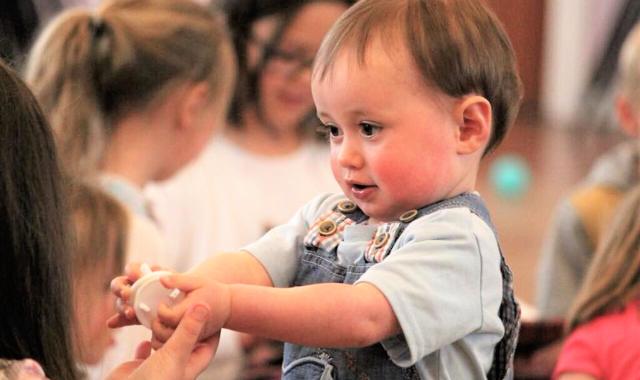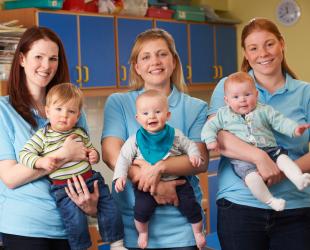You can support breastfeeding by knowing about breastmilk and breastfed babies

Providing a mother’s expressed breastmilk to her child in early childhood education and care (ECEC) services supports mother and child to continue breastfeeding.
A breastfeeding-friendly environment and practices which promote breastfeeding are an asset to a centre or service providing education and care for babies and children.
ECEC workers can promote breastfeeding by knowing how to correctly store, prepare and use expressed breastmilk.
Guidance on providing expressed breastmilk for Australian early childhood education and care settings is given in the NHMRC’s Staying Healthy: Preventing infectious diseases in early childhood education and care services (6th edition) (2024), and in Get Up & Grow (2009).
Storage and handling of expressed breastmilk (EBM)
Expressed breastmilk must be carefully prepared, stored and warmed. The same guidelines apply when you are preparing to give a baby a bottle as when you are preparing food for older children. This includes:
Expressed breastmilk needs to be labelled and kept refrigerated (below 5 °C) or frozen.
Hands should always be washed with soap and warm water and dried before handling food, including breastmilk. Gloves are not needed when preparing food as long your hands are clean and dry and the skin is not broken.
It's not necessary to wear gloves when preparing breastmilk for a child. Overuse of gloves can cause skin reactions and sensitivity. The Staying healthy guidelines (2024) say gloves should be worn 'when there is a chance you may come into contact with body fluids, including faeces, urine, vomit or blood'. Examples given include 'changing nappies, managing cuts and abrasions, and cleaning spills of body fluids'.
Some mums have to work hard to express enough milk for their baby (breast pumps aren't as good as the baby at removing milk). These mums will appreciate your efforts to minimise wastage of breastmilk. It can help to store and warm EBM in small amounts, preparing more only if needed.
Preparing expressed breastmilk
When thawing breastmilk, always use the oldest milk first, and just heat the amount you need. You can always heat up more, but once it has been heated up, any milk left must be thrown out.
Never refreeze thawed breastmilk.
Read more on our webpage about preparing breastmilk.
Feeding expressed breastmilk
Breastfed babies may prefer to have their bottle feeds paced. Pacing feeds allows the baby to feed according to their need and at their own pace. It prevents a baby from taking more milk than they really need.
It is also more similar to the way a baby breastfeeds and can help to support continued breastfeeding when mum and baby are together.
Supporting families to breastfeed
Ask about breastfeeding at the time of enrolment and support families to develop a breastfeeding plan.
Set up a comfortable place in the centre for mothers who want to breastfeed or express milk.
Download A Carer’s guide to the breastfed baby below. This leaflet explains how to store, handle and feed expressed breastmilk to babies.
© Australian Breastfeeding Association August 2024



